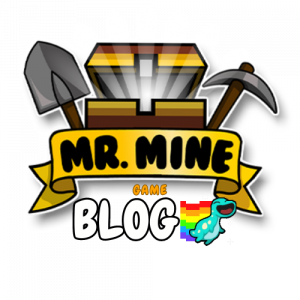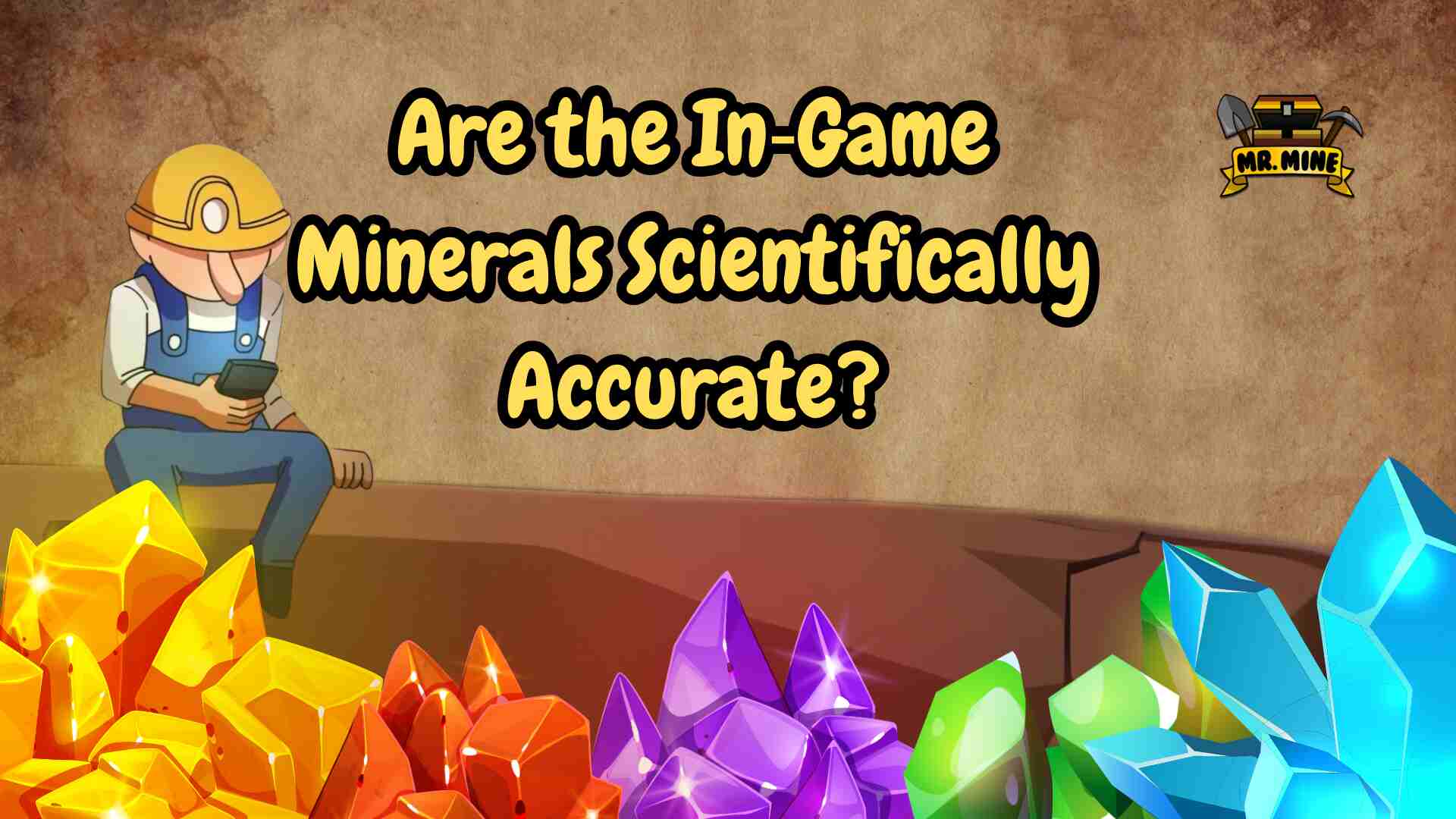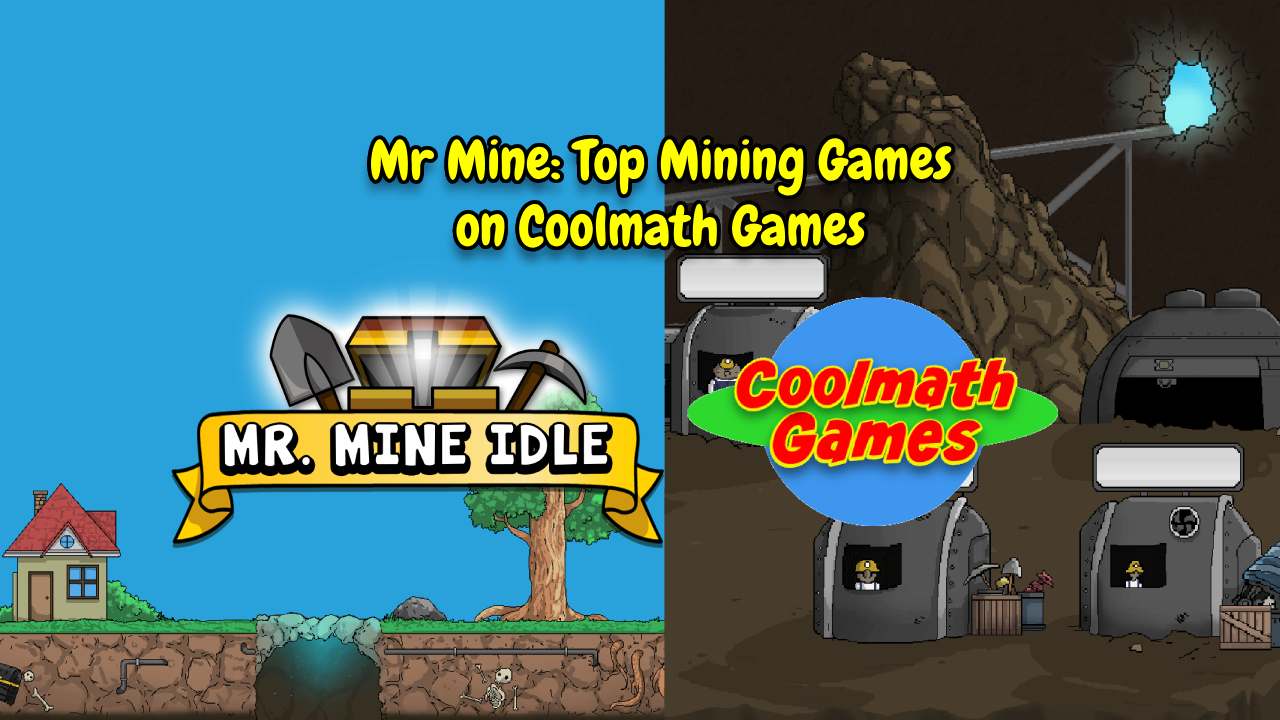1. Why Mineral Accuracy Matters in Idle Clickers
The mr mine game has captivated millions of players with its deep drilling mechanics, treasure-laden shafts, and increasingly rare minerals. But here’s a question you may not have asked while clicking through those layers: Are the minerals in Mr. Mine scientifically accurate?
Idle and incremental games like Mr. Mine also known as mr. mine, mister mine, or even cool math games mr mine blend fantasy with layers of reality. You dig, earn, upgrade, and repeat. But among the gold, coal, and diamonds, you’ll also encounter materials like californium, painite, and promethium. These aren’t just fantasy names; they’re real, rare, and in some cases, radioactive.
So how much of Mr. Mine is based on actual science, and how much is gameplay magic?
Let’s dig into the layers literally and figuratively.
2. Overview of Minerals in Mr. Mine
In the mr mine game, players start by mining through Earth’s crust, gradually unlocking deeper layers and other worlds like the Moon and Titan. Each layer introduces increasingly exotic materials.
2.1 Common & Rare Minerals
Here’s a list of commonly found minerals in the game along with some of their in-game traits:
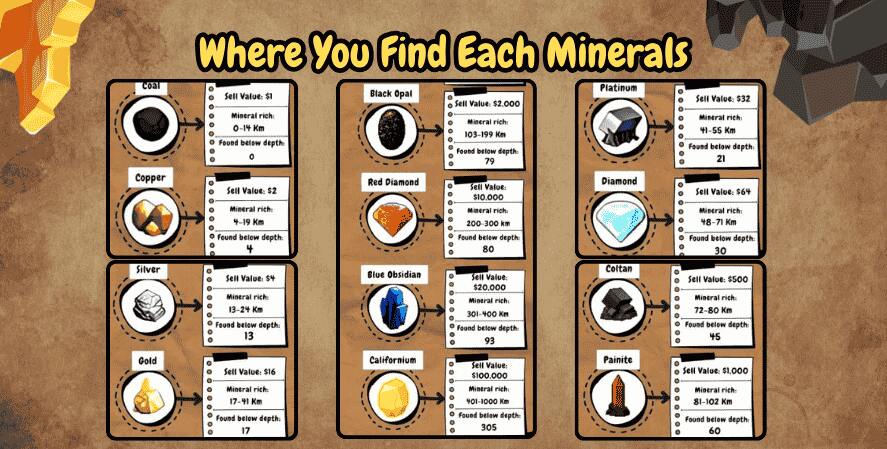
| Mineral | Game Rarity | Estimated In-Game Value |
|---|---|---|
| Coal | Common | $1 |
| Copper | Common | $2 |
| Silver | Uncommon | $4 |
| Gold | Uncommon | $16 |
| Platinum | Rare | $32 |
| Diamond | Very Rare | $64 |
| Coltan | Rare | $500 |
| Painite | Legendary | $1,000 |
| Black Opal | Legendary | $2,000 |
| Red Diamond | Mythical | $10,000 |
| Blue Obsidian | Mythical | $20,000 |
| Californium | Legendary | $100,000 |
These values help structure the in-game economy but raise questions: how do these figures compare to real-life prices?
2.2 Exotic & Legendaries
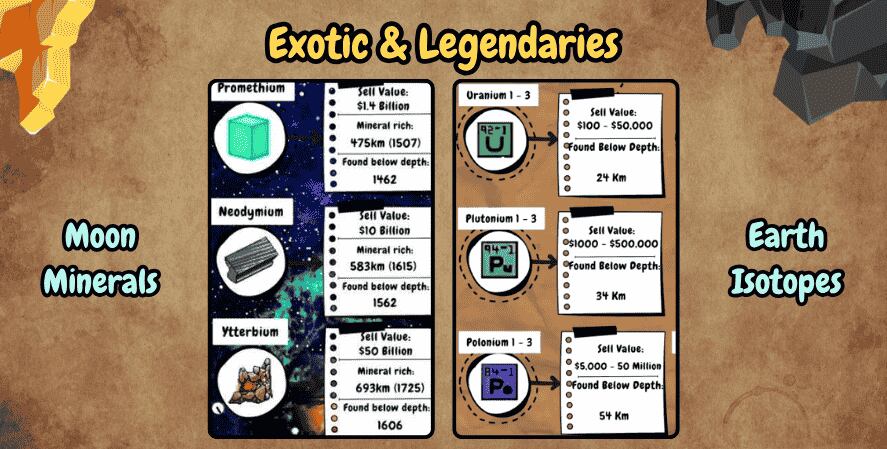
As you progress, the mr mine game introduces fictional and exotic planets. These feature minerals that either exist only in trace amounts on Earth or are exclusively found in labs.
Examples from Moon and Titan levels:
- Promethium – Rare radioactive metal
- Neodymium – Used in electronics
- Ytterbium – Lesser-known rare-earth element
- Uranium, Plutonium, Polonium – Found in the isotope guide
These minerals often yield millions of in-game dollars, which supports faster gameplay and tech upgrades.
3. Real-World Counterparts: Do They Exist?
While some materials in the miner game world are fictitious or exaggerated, many are based on real scientific elements.
3.1 Common Materials
Let’s start with the obvious:
- Coal – A real fossil fuel, used for electricity.
- Copper – Essential for wiring and electronics.
- Silver & Gold – Precious metals with millennia of use.
- Platinum – Used in catalytic converters and luxury goods.
- Diamond – Industrial and gemstone applications.
These minerals are well-represented in mineral games and games about minerals, including mining games online and gold miners game entries.
3.2 Ultra-Rare & Radioactives
Now to the exotic:
- Painite – Once considered the world’s rarest gem. Estimated value: ~$60,000 per carat.
- Californium – Radioactive synthetic element. ~$27 million per gram.
- Neodymium – $100–$150 per kg. Common in magnets and wind turbines.
- Promethium – Only available in trace synthetic amounts.
- Uranium – Used in nuclear power. ~$90 per pound.
- Plutonium – Rare and radioactive, mostly lab-contained.
- Polonium – Extremely radioactive, not commercially viable.
Yes, these exist—but their availability, cost, and use are vastly more complex than the idle mining simplicity of mr.mine.
4. Price Comparisons: Game Value vs. Real-World Price
Here’s how Mr. Mine’s in-game economy compares to real-world values:
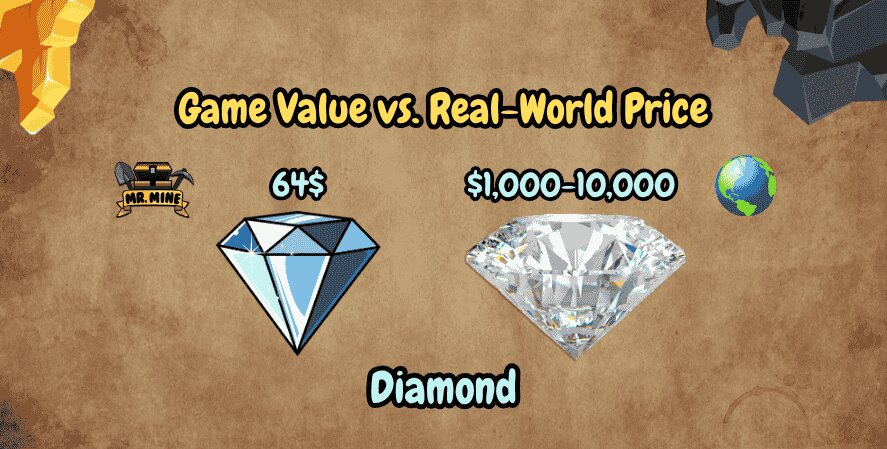
| Mineral | In-Game Value | Real-World Value |
|---|---|---|
| Painite | $1,000 | ~$60,000/carat |
| Californium | $100,000 | ~$27M/gram |
| Uranium | $100-50,000 | |
| Gold | $16 | |
| Copper | $2 | ~$10/kg |
| Diamond | $64 | $1,000–$10,000/carat |
The in-game prices reflect a compressed version of reality with value inflation meant to drive upgrades. This pricing scale supports games mining games mechanics by rewarding depth and rarity.
5. Minecraft vs. Mr. Mine: Accuracy Check
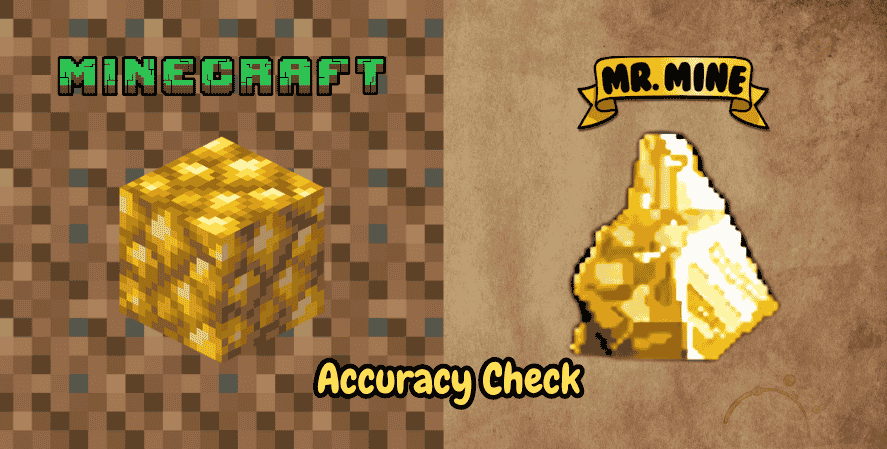
Both Minecraft and mr mine game simulate games about minerals, but in very different ways.
- Minecraft focuses on simplified tiers: coal, iron, gold, diamond, netherite.
- Mr. Mine leans into scientific naming and variety coltan, neodymium, polonium.
Realistic Elements:
- Gold and Silver appear at expected tiers.
- Rare-earths like neodymium and ytterbium actually exist.
- Painite and Californium are real, if impractically rare.
Fictional or Exaggerated:
- Red Diamond – Extremely rare, not reliably priced.
- Blue Obsidian – No known geological occurrence.
- Oversized plutonium returns – Not safe or feasible.
While mining game fans may enjoy the accuracy, mr mine game takes liberties for entertainment.
6. Edu-Gameplay: Lessons from mr mine game
Despite its fantasy, mr mine game delivers unexpected educational value.
Gameplay Teaches:
- Scarcity drives value – the deeper you go, the rarer and more valuable minerals become.
- Upgrades = economic reinvestment – a basic intro to capital flow.
- Radioactives need special handling – though simplified, it hints at real-world dangers.
Quoting mining expert Dr. Leslie Green from MiningFacts.org:
“Games like Mr. Mine can spark curiosity in geology, mineral scarcity, and real-world mining ethics, even if they simplify complexities.”
So, while it’s not a simulator, mr.mine becomes an entry point for learning.
7. Limitations & Creative Licenses
Every miners game takes creative liberties. Mr. Mine is no exception.
Invented or Exaggerated Concepts:
- Blue Obsidian – Not a known material.
- Red Diamond at high availability – Unrealistically common.
- Radioactives as cash cows – Not viable due to regulations.
Why It Works:
- Fantasy increases engagement.
- Accelerated value helps players progress.
- Worlds like Titan and Moon make the game more sci-fi and fun.
For fans of space mining game or dwarf mining game experiences, this blend of fact and fiction is a feature not a bug.
8. Final Verdict: How Scientifically Accurate Is Mr. Mine?
So, just how scientifically accurate is the mr mine game?
Answer: Surprisingly rooted in science with a heavy dose of creative inflation.
- Many materials like coal, copper, gold, and californium are real and accurately named.
- Prices reflect real-world rarity to an extent, though exaggerated for gameplay.
- Fictional elements like blue obsidian and simplified radioactive mining serve fun over facts.
While not a teaching tool, mrmine successfully introduces players to real minerals and the concept of resource scarcity. It’s an ideal entry point into mineral games, free mining games, and games mining games with both entertainment and subtle education.
